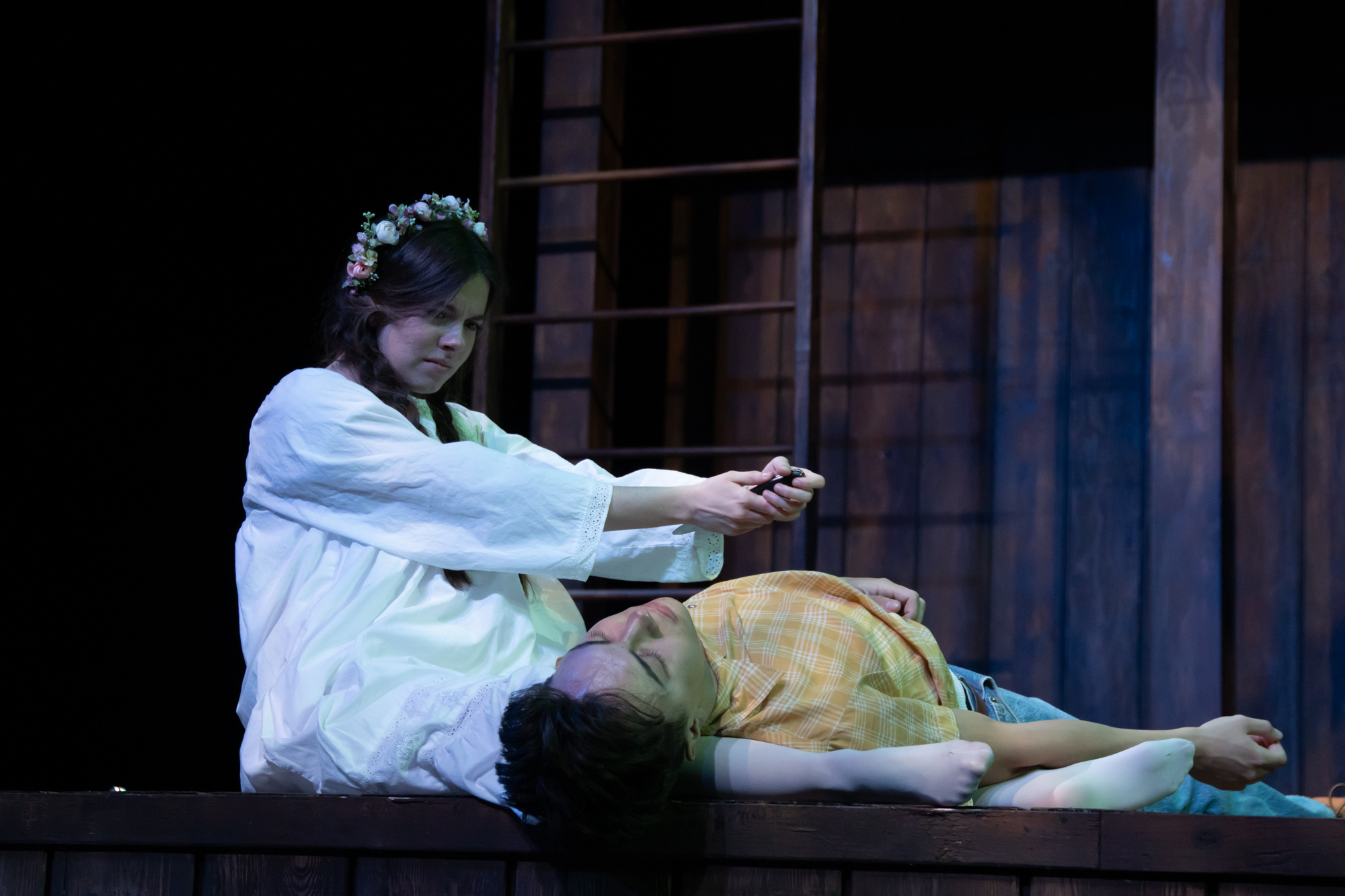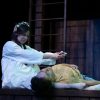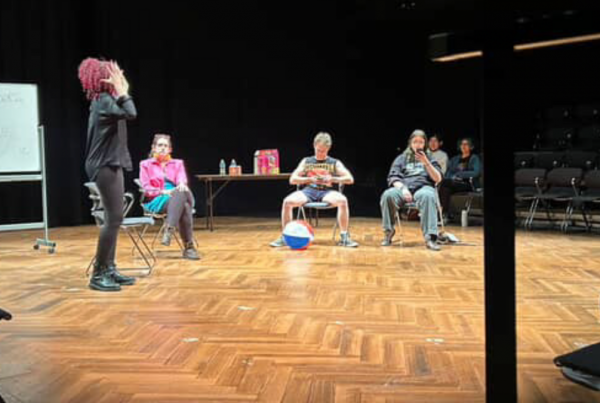UNR’s Romeo & Juliet Interpretation Encapsulates Timeless Young Love
The unforgettable 16th-century classic Romeo and Juliet is one of the greatest and most classically regarded stories in human history. This month, the College of Liberal Arts’ Department of Theatre and Dance at the University of Nevada, Reno showcased their modern American twist on these age-old lovers.
Director and Associate Professor of Theatre, Rosie Brownlow-Calkin, stated, “One of the things that’s exciting about Shakespeare is that every production needs to make its own decisions about when and where the play will be set, how the play will be cut, and what themes will be emphasized.” Brownlow-Calkin’s production highlighted the autocratic brutality of Verona’s leadership and the repressive nature of its social structures.
The stage featured a classic American barn setup with costumes to match. The rustic aesthetic provided a creative contrast with the elegance and sophistication of the script. The visual themes also connect to the rough-cut environment that these characters exist in.
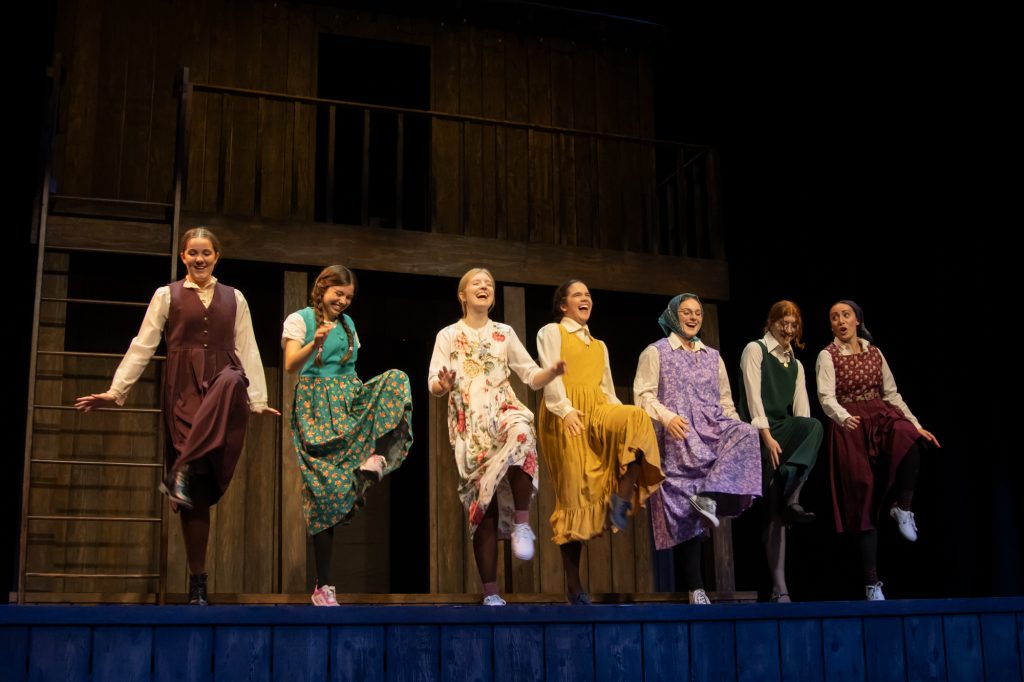
Brownlow-Calkin adheres to the inclusion of a chorus in her cut of Romeo & Juliet, but adapts it to fit the American folk-country setting. The atmospheric music featured mid-20th-century artists, soft-launching the audience into the setting.
The tragedy does not solely belong to Romeo and Juliet, but to all the children in the production. The choices of the two lovers affected the lives of two households, once divided and now intertwined for all time.
Reenacting quintessential stories can be difficult, but UNR has found a successful blend between preserving the original art and incorporating a contemporary perspective.
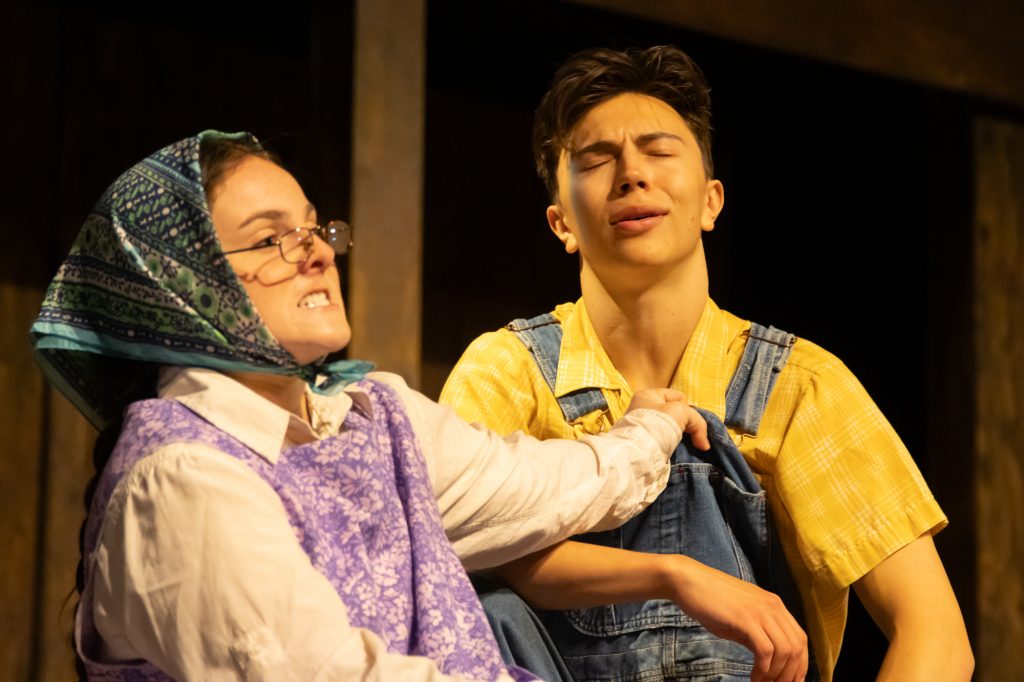
The infectious joy and lightheartedness was short-lived, as the ending of Act One left the theater air thick with tension and apprehension. The audience was soon reminded of the foreshadowing of the show’s opening: beloved main characters breathing heavily while smearing blood-soaked hands across their clothes.
Actors Jude Garcia and Izzy AuCoin, who played Romeo and Juliet respectively, delivered powerful scenes full of drama and emotion, highlighting the rollercoaster experience of adolescent love.
Other notable performances include Mariana Hoffman, who played Nurse, and Ajani Jones, who played Benvolio. Their humor lightened otherwise heavy scenes and provided contrasting relief to the main characters’ passionate natures.
The chorus actors appeared minimally, during key emotionally turbulent moments, allowing the primary actors to focus on nonverbal communication and portrayals.
With an atmosphere of tight chests and clenched hands, the audience leaned in to watch the rest of the play unravel. The actors delivered monologues with intensity that transfixed viewers with conflicted emotions. Yet, the sound balance drew from the performance itself at times — some actors’ softer delivery made it difficult for their lines to carry, weakening the emotional intensity of otherwise powerful scenes.
In the final climactic moments, every eye was concentrated on the stage, though they knew how the story ended. It was the adrenaline the actors built and the suspense they drew from onlookers that propelled them towards the finale.
A standing ovation greeted the cast when they emerged from closed curtains.
Every stylistic choice was executed with concentration and commitment. From the setting to the tonal delivery of the lines, the Romeo & Juliet team made it abundantly clear how passionate they were about this production.
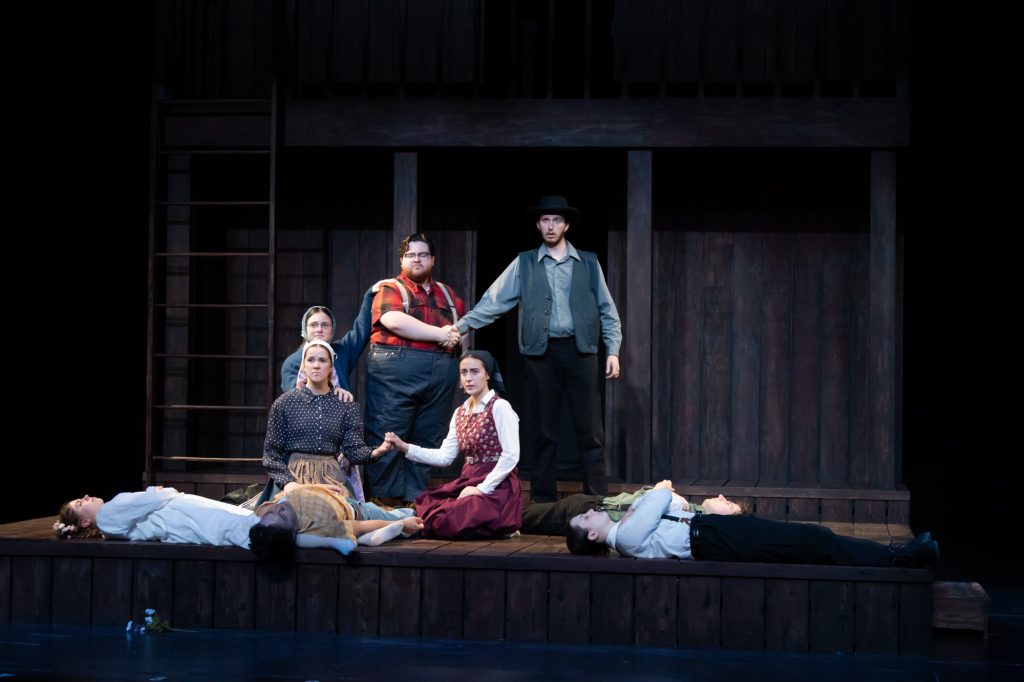
The actors demonstrated a deep understanding of the play’s content, its thematic significance and its relevance to contemporary audiences. In a confrontation between Juliet and her father, actor Benit Hensley, delivered a violent and unnerving performance, strengthening his commitment to the role, however frightening it was to witness.
Not every cast can evoke these feelings from an audience. This play reflected on the dangers of love and hate, and the consequences of acting on these feelings with such intensity. The main characters’ mercurial nature heeded a warning as to the risks of young love in environments of such hostility.
Shakespeare said it himself: “These violent delights have violent ends.” However ill-fated the message, the lessons we learn provide a glimmer of hope; we get to define love and life in our own terms.
This production was a bold and emotionally charged interpretation of Romeo and Juliet. Fans of classic theatre will appreciate its authenticity and careful preservation, while newcomers may find its raw energy and contemporary adaptation refreshingly modern.

